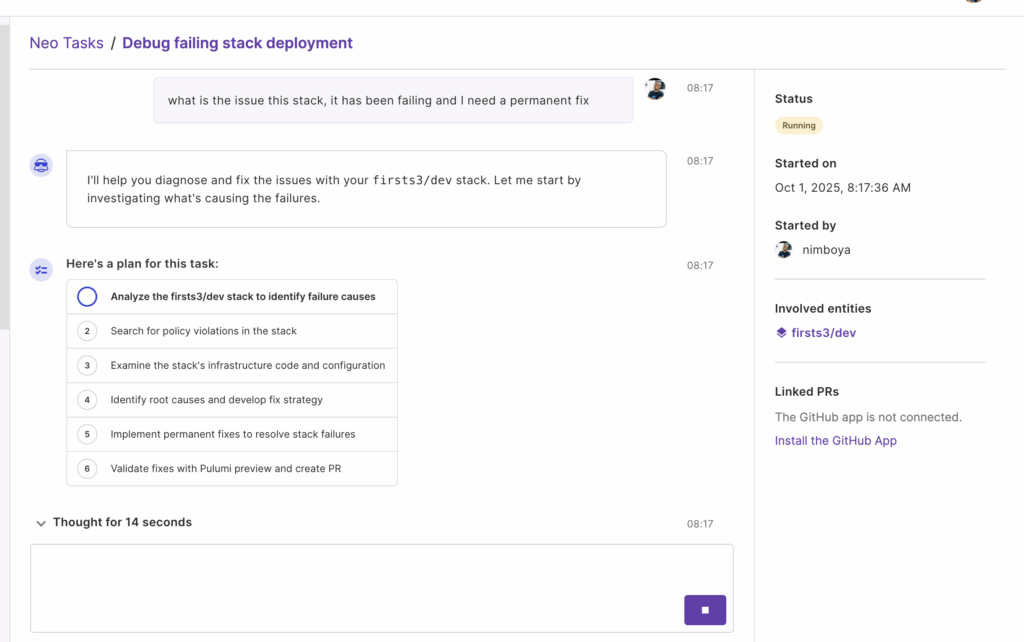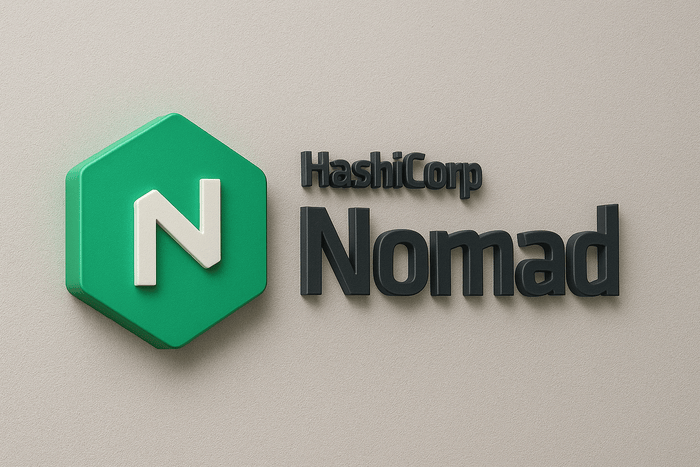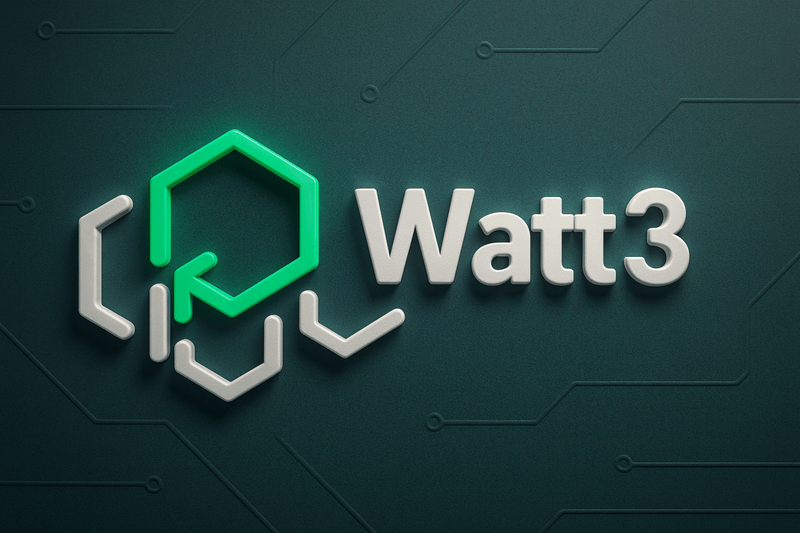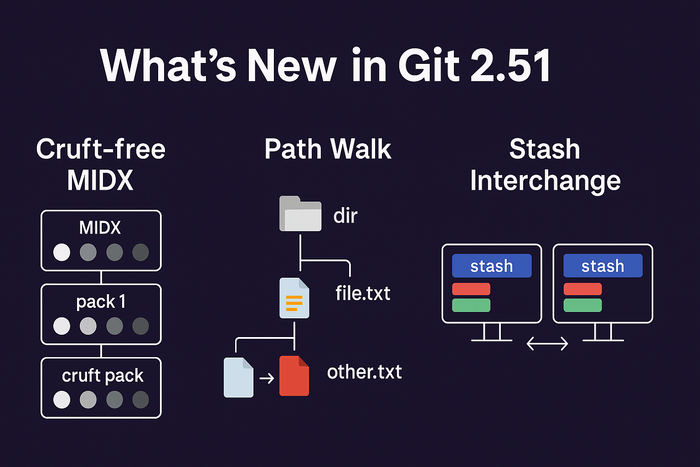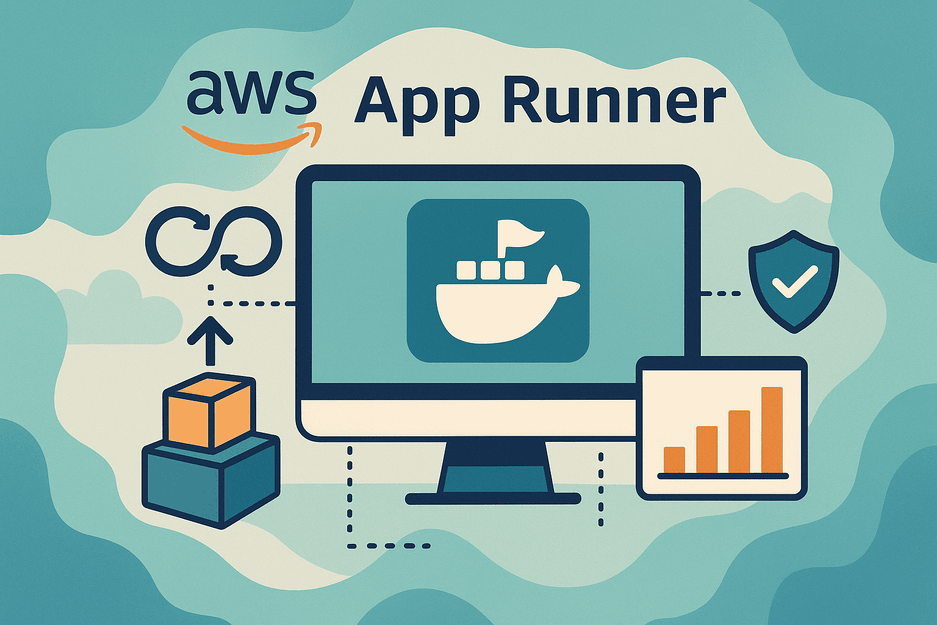Over the past decade, DevOps has become a cornerstone of modern software engineering, reshaping how organizations build, deploy, and operate their applications. DevOps introduced cultural and technical practices that helped tear down silos between developers and operations, accelerating software delivery while improving reliability. However, as cloud-native ecosystems evolved, new challenges arose in managing infrastructure at scale, ensuring consistency across environments, and streamlining operations. This gave rise to GitOps, an evolution of DevOps principles tailored for Kubernetes-driven and cloud-native workflows.
In this article, we’ll explore the principles of DevOps and GitOps, compare their philosophies and practices, and analyze why GitOps is becoming increasingly popular. We’ll also highlight the pros and cons of each and explain how both can complement each other in real-world scenarios.
Understanding DevOps Principles
DevOps is both a culture and a set of practices that fundamentally reshape how organizations build, deliver, and maintain software. At its core, DevOps seeks to unify software development (Dev) and IT operations (Ops) by breaking down traditional silos between teams, fostering collaboration, and creating a shared responsibility for the entire software lifecycle. It emphasizes automation, continuous integration, and continuous delivery (CI/CD) to ensure that code changes move quickly and safely from development to production. Beyond the tooling, however, DevOps is a cultural shift—encouraging transparency, frequent feedback loops, and a mindset of continuous improvement. The ultimate goal is to deliver value to end-users faster, with higher quality and greater reliability, while also reducing operational risks. By aligning people, processes, and technology, DevOps enables organizations to respond rapidly to market demands, innovate at scale, and maintain stability in increasingly complex and dynamic IT environments.
Core Concepts of DevOps:
- Collaboration & Culture: Break down silos between teams.
- Automation: CI/CD pipelines for build, test, and deploy.
- Continuous Integration (CI): Merge and test code frequently.
- Continuous Delivery (CD): Automate deployment processes.
- Monitoring & Feedback: Use observability, logging, and monitoring to close the loop.
- Infrastructure as Code (IaC): Manage environments declaratively using tools like Terraform, Ansible, or CloudFormation.
The Impact of DevOps:
DevOps transformed organizations by reducing release cycles from months to days (or even hours), improving agility, and boosting customer satisfaction. However, it often relied on a mixture of automation scripts, pipelines, and multiple tooling layers—leading to complexity, especially at cloud-native scale.
Understanding GitOps Principles
GitOps is an operational model and set of practices that extend the principles of DevOps into the cloud-native and Kubernetes-driven world. At its foundation, GitOps leverages Git as the single source of truth for both application and infrastructure configurations, treating everything as declarative code. This means that the desired state of systems—whether it’s application deployments, cluster policies, or infrastructure definitions—is stored, versioned, and reviewed in Git repositories just like software code. A GitOps operator (such as ArgoCD or Flux) continuously monitors these repositories and automatically reconciles the actual state of the system with the declared state, ensuring consistency and reliability. Unlike traditional push-based pipelines, GitOps relies on a pull-based approach, where the cluster itself fetches and applies the latest changes, significantly reducing security risks since external pipelines do not require direct access to production environments. Beyond the mechanics, GitOps also represents a cultural shift, emphasizing transparency, auditability, and automation at scale. Every change is traceable through Git history, enabling easy rollbacks, streamlined disaster recovery, and stronger compliance. By combining version control, automation, and continuous reconciliation, GitOps provides organizations with a powerful framework to manage complex cloud-native environments more securely, reliably, and efficiently.
Core Concepts of GitOps:
- Declarative Everything: Applications, infrastructure, and configurations are stored as code in Git.
- Single Source of Truth: Git repositories are the central authority for the desired system state.
- Automated Synchronization: Reconciliation tools (e.g., ArgoCD, Flux) ensure the actual cluster state matches what’s in Git.
- Pull-based Deployments: Instead of CI/CD pushing changes, GitOps operators pull and apply them automatically.
- Observability & Auditing: Every change is versioned, traceable, and revertible through Git history.
Why GitOps is Popular Today:
- Kubernetes-native: Perfectly aligns with Kubernetes declarative configurations.
- Enhanced Security: Shifts from “push” pipelines (which require permissions into clusters) to “pull” reconciliation (clusters fetch state).
- Consistency: Ensures environments (dev, staging, prod) are aligned.
- Disaster Recovery: Clusters can be rebuilt entirely from Git repos.
- Scalability: Ideal for multi-cluster, multi-region operations.
GitOps vs. DevOps: A Comparative Analysis
| Aspect | DevOps | GitOps |
|---|---|---|
| Philosophy | Unify Dev and Ops through automation, collaboration, CI/CD, and monitoring | Extend DevOps by making Git the single source of truth and automating reconciliation |
| Configuration | IaC via Terraform, Ansible, Helm, etc. managed manually or by CI/CD | Declarative configs stored in Git, auto-synced to clusters |
| Deployment Model | Push-based (CI/CD pipelines deploy into environments) | Pull-based (clusters fetch the desired state from Git) |
| Auditability | Logs, monitoring, and pipeline artifacts | Full history in Git: who changed what, when, and why |
| Rollback | Rollback via pipeline re-runs or IaC scripts | Simple Git revert → system reconciles automatically |
| Security | CI/CD pipelines require cluster credentials | Clusters pull from Git, reducing credential exposure |
| Complexity | More flexible, but often involves multiple tools and integrations | Simplifies operations but is strongly tied to the Git/Kubernetes ecosystem |
Pros and Cons of DevOps vs. GitOps
DevOps
Pros:
- Mature ecosystem with wide adoption.
- Works across all environments (cloud, on-prem, hybrid).
- Flexible tooling and workflows.
- Strong cultural foundation for collaboration.
Cons:
- It can become complex with many moving parts.
- Push-based deployments increase credential management risks.
- Harder to guarantee full environment consistency at scale.
GitOps
Pros:
- Immutable audit trail via Git.
- Faster disaster recovery (rebuild infra from Git).
- More secure “pull” model reduces attack surface.
- Strong alignment with Kubernetes and cloud-native workloads.
- Simplifies multi-cluster and multi-cloud management.
Cons:
- Kubernetes-centric (less useful in non-K8s environments).
- Steeper learning curve for teams new to declarative ops.
- Relies heavily on Git availability and repo hygiene.
- Still evolving compared to traditional DevOps maturity.
How GitOps and DevOps Work Together
It’s not GitOps vs. DevOps—it’s GitOps with DevOps. GitOps doesn’t replace DevOps; it extends it.
- CI (DevOps) + CD (GitOps):
Use DevOps principles for CI (code build, testing, packaging) and GitOps for CD (continuous delivery into clusters). - IaC + GitOps:
Manage infrastructure with Terraform/CloudFormation (DevOps), but store and sync desired states via Git (GitOps). - Monitoring + Feedback:
DevOps observability stacks (Prometheus, Grafana, Loki) enhance GitOps workflows with real-time insights.
Example Scenario:
A company deploying microservices to Kubernetes:
- DevOps handles CI: building Docker images, running automated tests, and pushing artifacts.
- GitOps handles CD: ArgoCD watches Git repos for updates and syncs the new manifests to Kubernetes clusters.
Together, they create a seamless, auditable, and scalable delivery pipeline.
Conclusion
DevOps remains the cultural backbone of modern engineering, fostering collaboration, automation, and continuous improvement. GitOps builds on this foundation, offering a more secure, auditable, and Kubernetes-native approach to managing software delivery. The reality is not a choice between GitOps and DevOps, but rather how organizations can combine both to unlock agility, reliability, and scalability in today’s cloud-native world.


